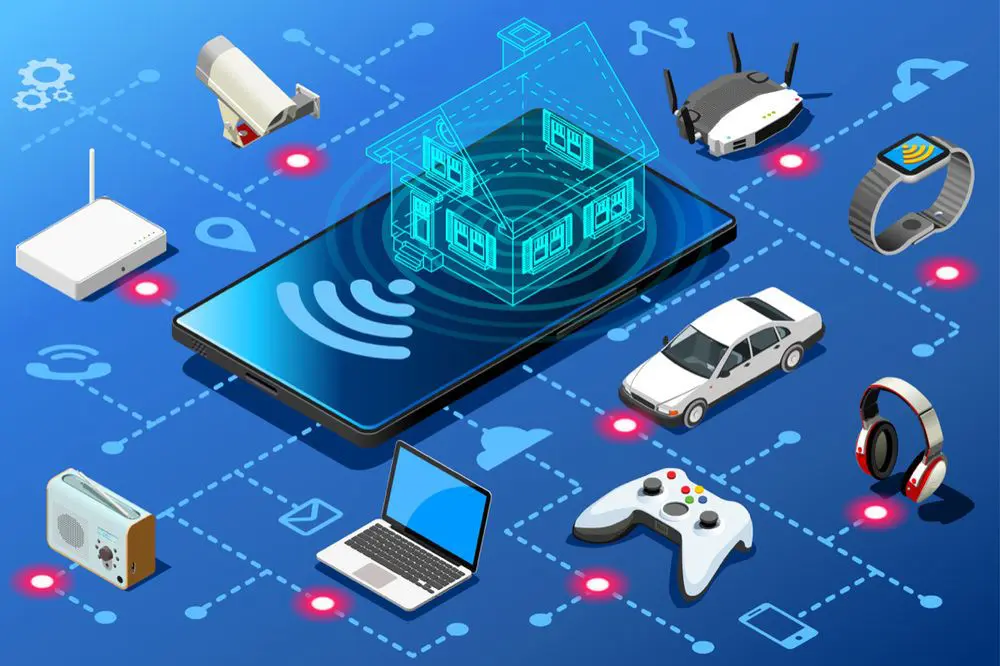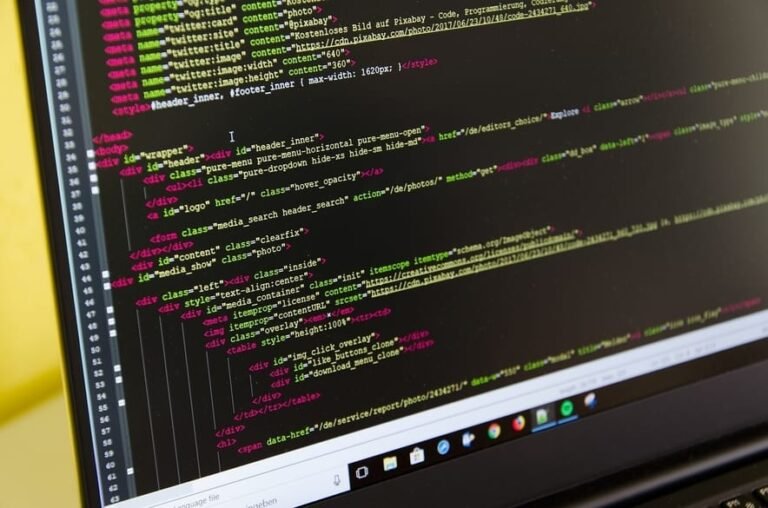How Internet of Things (IoT) Devices Are Changing Homes and Cities
The integration of Internet of Things (IoT) devices is reshaping both homes and urban environments. These technologies enhance daily living through automation and real-time data insights. In cities, IoT applications streamline infrastructure, improving traffic flow and resource management. However, this transformation also presents challenges that require careful consideration. As these changes unfold, it becomes crucial to explore their implications for future living spaces. What lies ahead for the smart homes and cities of tomorrow?
The Rise of Smart Homes: Enhancing Daily Living
How have smart homes transformed the way individuals experience daily living? By integrating smart appliances and advanced energy management systems, households now enjoy enhanced convenience and efficiency.
These technologies allow for automated routines, optimizing energy use while providing real-time insights. As users embrace this innovative lifestyle, they gain greater control over their environments, promoting not just comfort, but also a sustainable approach to daily living.
See also: The Future of Nanotechnology in Medicine
Transforming Urban Infrastructure: IoT in Cities
As cities increasingly embrace the Internet of Things (IoT), they are witnessing a profound transformation in urban infrastructure that enhances efficiency and livability.
Smart traffic systems optimize vehicle flow, reducing congestion and emissions.
Meanwhile, connected utilities enable real-time monitoring, ensuring resource efficiency and improving service delivery.
This integration of technology empowers urban planners to create more responsive and sustainable environments for citizens.
Benefits of IoT Integration: Efficiency and Sustainability
The integration of IoT technologies into urban environments not only enhances infrastructure but also brings significant benefits in terms of efficiency and sustainability.
By enabling advanced energy management systems, cities can reduce consumption and lower costs.
Additionally, IoT facilitates resource optimization, allowing for better allocation and use of materials.
These practices contribute to a more sustainable future, aligning with the desires of freedom-seeking communities.
Challenges and Future Prospects of IoT Technology
While the potential of IoT technology to transform homes and cities is promising, it also faces significant challenges that could hinder its widespread adoption.
Security concerns and data privacy issues remain paramount, as interconnected devices create vulnerabilities that can be exploited.
For IoT to thrive, addressing these challenges is crucial, ensuring that users feel safe and empowered in a connected environment.
Conclusion
In conclusion, the Internet of Things is weaving a digital tapestry that intricately connects homes and cities, enhancing daily life through automation and efficiency. As smart technologies continue to evolve, they hold the promise of creating sustainable environments that adapt to human needs. However, amidst this technological renaissance, challenges loom on the horizon, urging society to balance innovation with security and equity. Ultimately, the future of IoT will shape not just spaces, but the very fabric of modern living.



